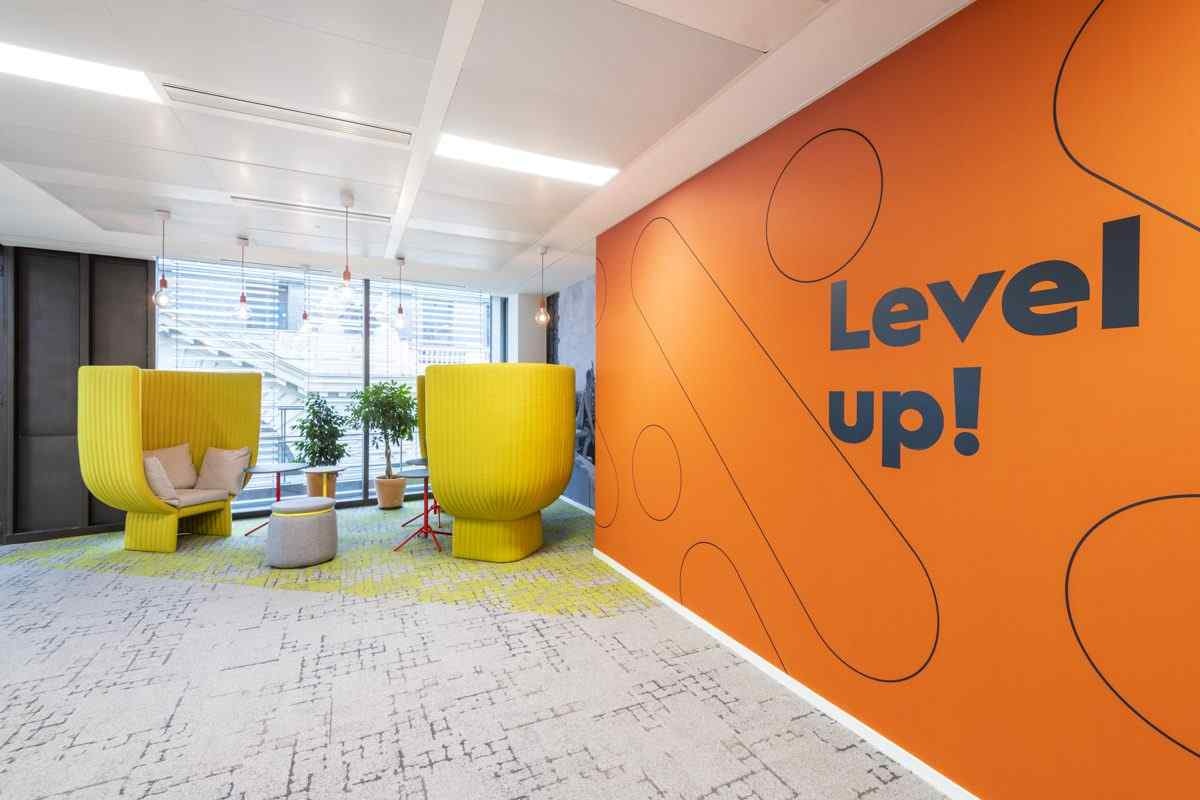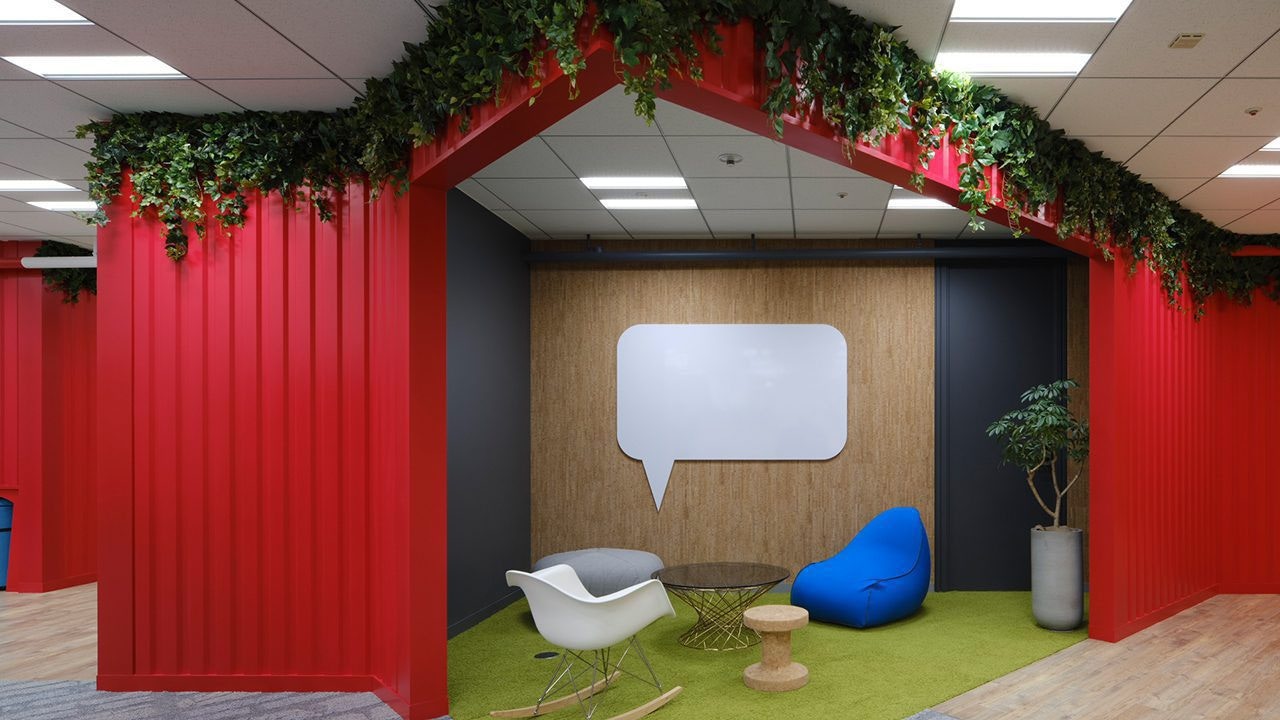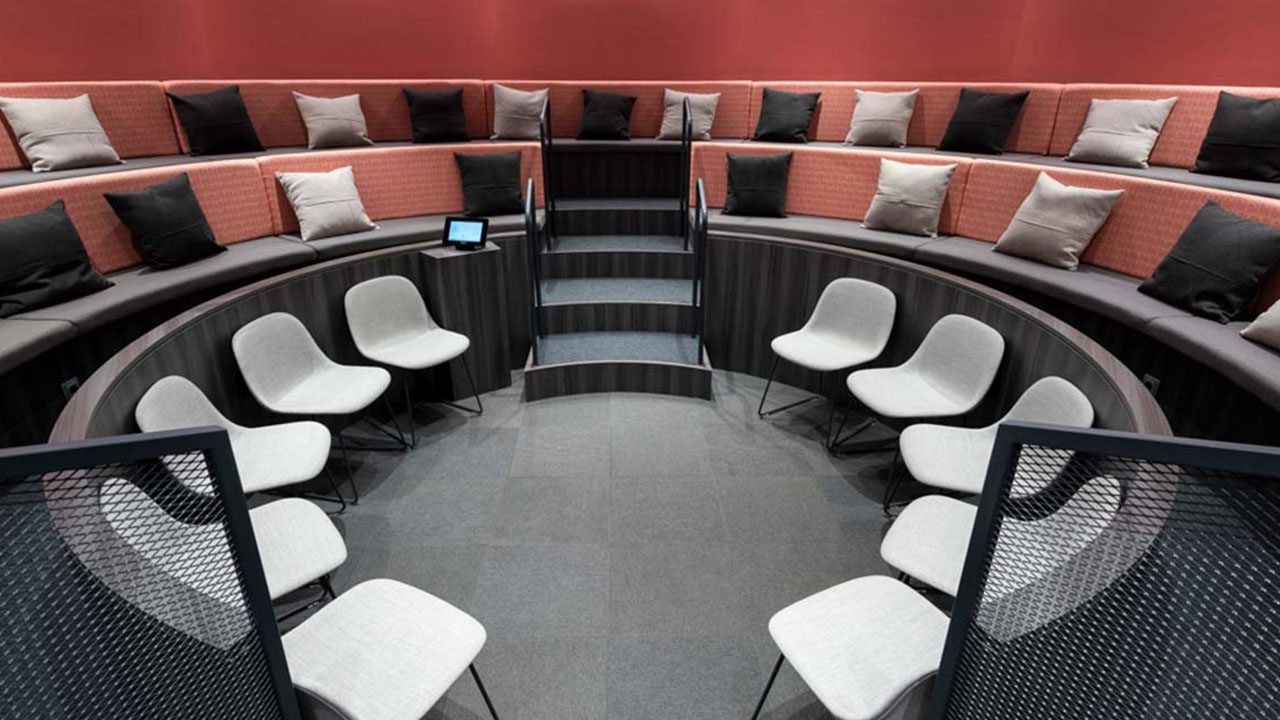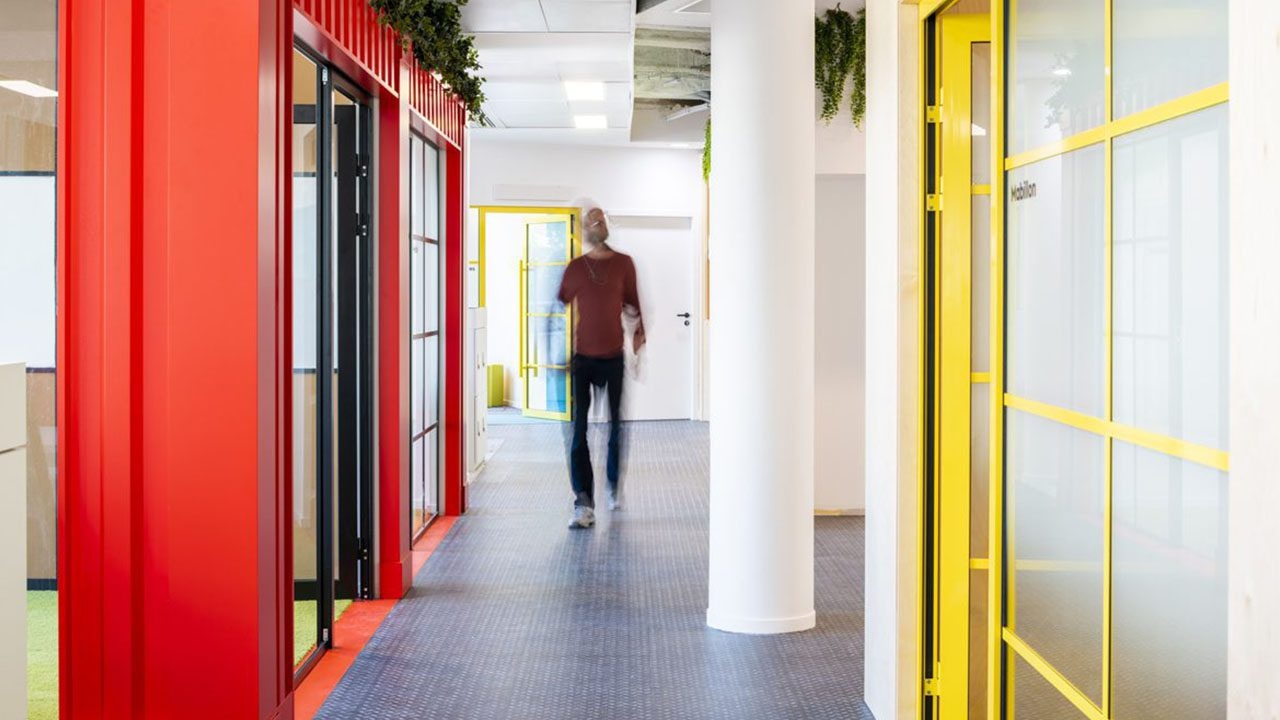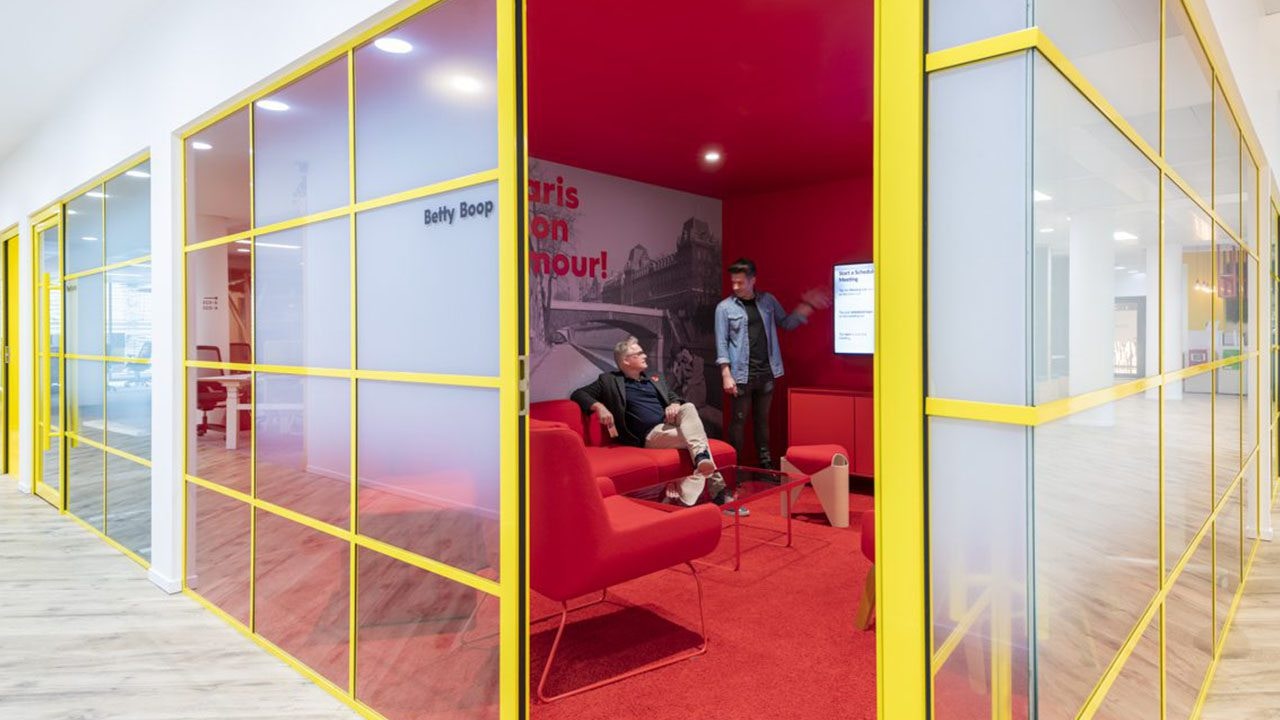In 2025 workplace technology will continue to advance at a rapid pace. From AI-powered smart buildings to health and safety tech. This article covers the latest trends and focuses on what’s happening in the workplace right now as well as a glimpse into the near future of technology in the office. We look at trends including an enhanced visual experience, power-on-the-go capabilities, and the latest progress in space management and extended reality technology.
We’ll also take a closer look at how solid light holographic projections are likely to revolutionise the way we collaborate and communicate in the workplace. Whether you’re an employer, employee, or simply just interested in the latest workplace technology trends, this article will provide you with a comprehensive overview of what to expect in 2025 and beyond.
